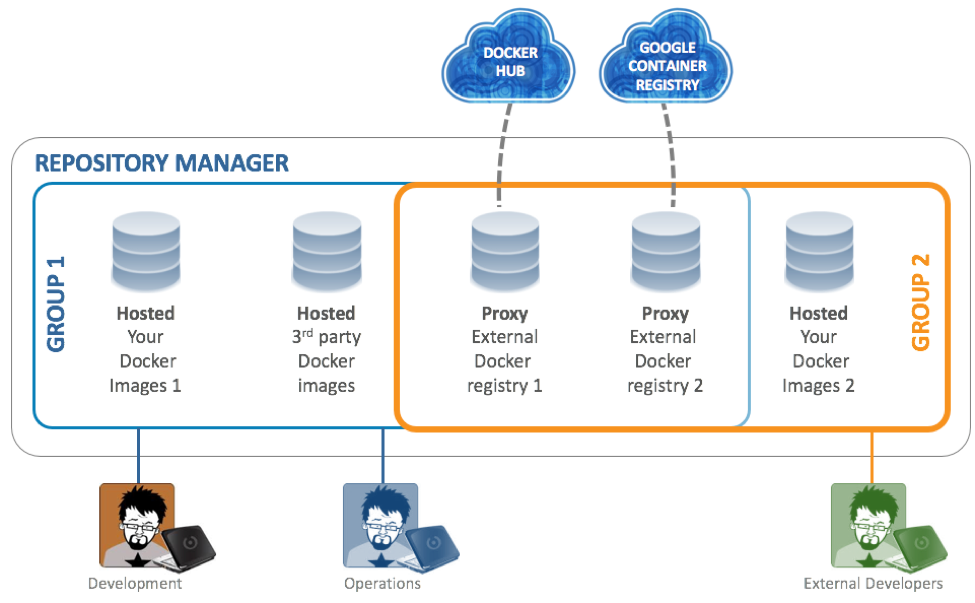Repository Management
(2025-09-05T11:34.282Z)
Perplexity Query
(2025-09-05T11:34
.282Z)
Question:
Write a comprehensive one-page article about "Repository Management".
Repository Management is the practice of overseeing centralized storage, organization, and distribution of digital resources such as source code, software artifacts, and documentation. It plays a crucial role in modern software development by ensuring project assets are version-controlled, securely shared, and accessible, thereby supporting collaboration and consistent software releases.
[ndepk9]
[udyz2o]
[91fwil]
In an age of rapid DevOps adoption and large-scale distributed teams, effective repository management is essential for maintaining reliability, streamlining builds, and safeguarding intellectual property.

Understanding Repository Management
At its core, repository management refers to the use of dedicated server applications—often called repository managers—that serve as an organization's system of record for digital assets and software components.
[ndepk9]
These platforms act as central hubs where code, configuration files, compiled binaries, container images, libraries, and even documentation are stored and managed. Whether hosted locally, on network-attached storage, or in the cloud, repositories ensure that project history is preserved, contributions are tracked, and resources are easy to retrieve and integrate throughout the software development lifecycle.
[udyz2o]
[9fm8ll]
Practical examples include:
Use cases span from open-source software collaboration—where contributors worldwide submit code via pull requests—to enterprise environments, where artifacts must meet security and compliance requirements before release. In research settings, internal repositories protect sensitive or proprietary code while permitting controlled sharing and integration.
[2kien1]
Benefits and Applications
Key benefits of robust repository management include:
- Traceability: Built-in version control and audit logs ensure full visibility into changes, making it easier to roll back mistakes or investigate security incidents. [9fm8ll]
- Security and Compliance: Access controls and artifact validation guard against unauthorized changes and introduce approval gates for governance.
Repository management is foundational in DevOps pipelines, automating the artifact lifecycle from build to deployment, and ensuring smooth integration with CI/CD workflows.
[ndepk9]
[91fwil]
Challenges and Considerations
Despite its advantages, repository management poses several challenges:
- Scalability: Handling thousands of artifacts or large binaries can strain infrastructure without good planning.
- Security: Vulnerabilities in third-party packages require vigilant screening and continuous monitoring.
- Consistency: Aligning repository practices and permissions across distributed teams is crucial to avoiding fragmentation and “shadow IT.”
- Long-Term Storage: Over time, storage and cost management for aging artifacts become important. [91fwil]

Current State and Trends
Today, repository management is standard practice across both startups and large enterprises. Tools such as GitHub, GitLab, Bitbucket, Sonatype Nexus, and JFrog Artifactory dominate the landscape, integrating natively with popular DevOps and CI/CD tools.
[ndepk9]
[2kien1]
[91fwil]
These platforms offer advanced features like automated vulnerability scanning, mirroring, and hybrid (cloud/local) repositories to accommodate diverse organizational needs.
Recent advancements include:
- Automated security scanning for open-source dependencies.
- Policy-driven artifact promotion and cleanup processes.
- Enhanced integrations with container orchestration (e.g., Kubernetes) and infrastructure-as-code pipelines.
- Support for emerging package formats, such as Docker images, Helm charts, and ML models.

Future Outlook
As software supply chains grow more complex, repository management is expected to evolve with AI-powered analytics, granular policy enforcement, and tighter integration with security (DevSecOps) tooling. The rise of machine learning and edge computing may see repositories extend support for new asset types. Organizations prioritizing repository best practices will gain significant agility and resilience in developing and delivering secure, scalable software.
Conclusion
Repository Management is central to efficient, secure, and collaborative software development. As tooling matures and the software landscape evolves, its importance in supporting innovation and safeguarding digital assets will only continue to grow.
Citations
[ndepk9] 2025, Sep 04. Repository Manager Concepts - Sonatype Help. Published: 2025-09-04 | Updated: 2025-09-04
[udyz2o] 2025, Sep 04. What Is Repository? (Definition, Tutorial, How to Clone) | Built In. Published: 2025-04-15 | Updated: 2025-09-04
[2kien1] 2025, Aug 29. Repository Software in Software Development - Capicua. Published: 2024-10-25 | Updated: 2025-08-29
[9fm8ll] 2025, Sep 04. What is a Source Code Repository - Sonatype. Published: 2025-04-25 | Updated: 2025-09-04
[91fwil] 2025, Sep 05. What is a Software Artifacts Repository? Best Practices - JFrog. Published: 2025-02-27 | Updated: 2025-09-05